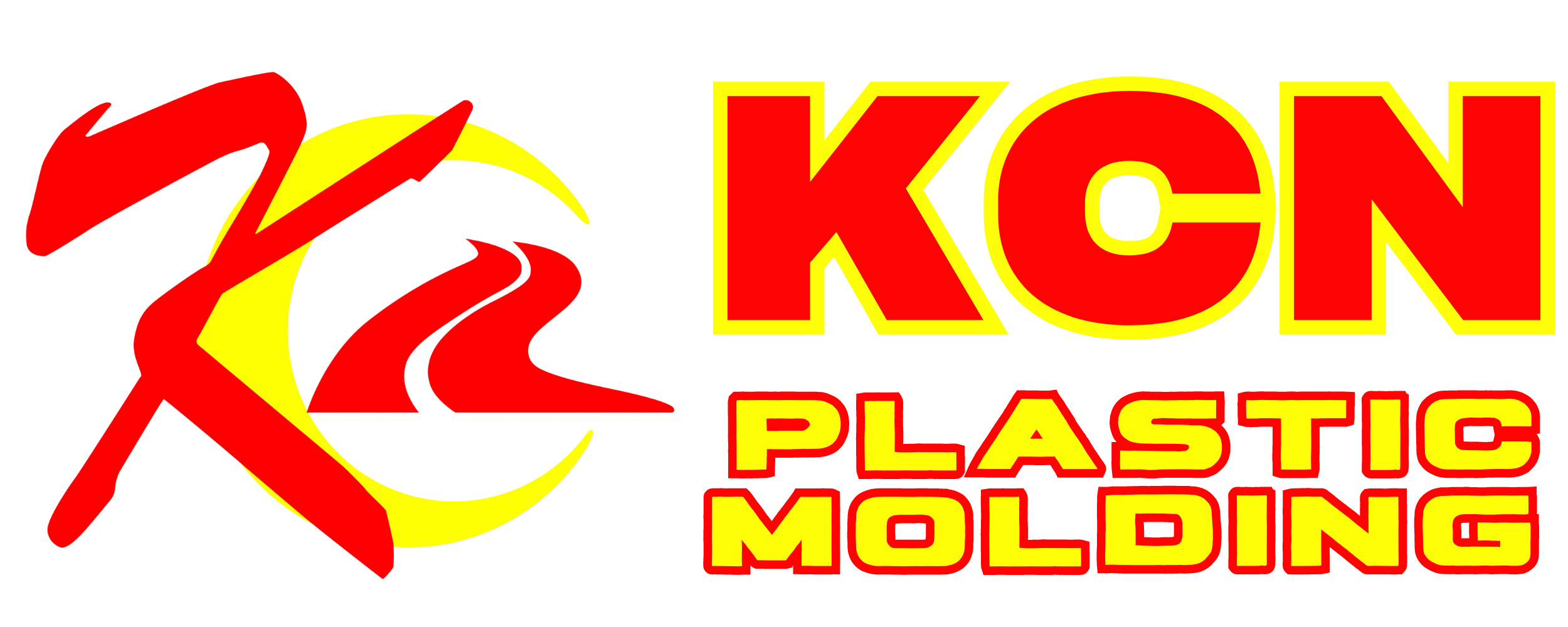How does the plastic injection molding process work?
The plastic injection molding process works by injecting molten plastic material into a specially designed mold, allowing it to cool and solidify to form the desired shape. Here's a step-by-step breakdown of the process:
1. Mold Clamping: The mold consists of two halves, the stationary half (the "A-side") and the movable half (the "B-side"). The mold is securely clamped together using hydraulic or mechanical force to ensure it remains closed during the injection process.
2. Plastic Material Melting: Plastic pellets or granules are fed into a hopper and then transported into a heating barrel. Inside the barrel, a reciprocating screw applies heat and pressure to melt the plastic material. The rotating screw also acts as a conveyor, moving the molten plastic towards the front of the barrel.
3. Injection: Once the plastic material is melted and the desired temperature and pressure are reached, the injection phase begins. The screw pushes the molten plastic material forward, forcing it into a nozzle at the end of the barrel. The nozzle directs the molten plastic into the mold cavity through a runner system.
4. Filling and Cooling: The molten plastic material fills the mold cavity, taking the shape of the desired part. The plastic begins to cool and solidify as it comes into contact with the cooler mold surface. Cooling channels within the mold help dissipate heat and accelerate the cooling process.
5. Packing and Holding: After the mold cavity is filled, additional pressure is applied to ensure the mold is completely filled and to compensate for any shrinkage that may occur during the cooling process. This phase is known as packing and holding, where the molten plastic is maintained under pressure to ensure proper part formation.
6. Cooling and Solidification: The molten plastic inside the mold continues to cool until it solidifies and takes on the shape of the mold cavity. The cooling time varies depending on factors such as part size, complexity, and the type of plastic used. Proper cooling is essential to achieve dimensional accuracy and prevent warping or distortion.
7. Mold Opening and Ejection: Once the plastic has sufficiently cooled and solidified, the mold is opened. The movable side of the mold is separated from the stationary side, allowing the molded part to be ejected. Ejection pins or plates located within the mold push the part out of the mold cavity.
8. Post-Processing: The ejected part may undergo additional post-processing steps, such as trimming any excess material, removing visible gate marks or sprue, and adding surface finishes or textures. Quality control inspections may also be performed to ensure the part meets the required specifications.

The cycle then repeats for the next injection molding cycle, allowing for the continuous production of plastic parts. The entire process is automated and controlled by specialized injection molding machines, which monitor and regulate factors such as temperature, pressure, and cycle times to ensure consistent part quality and production efficiency.




